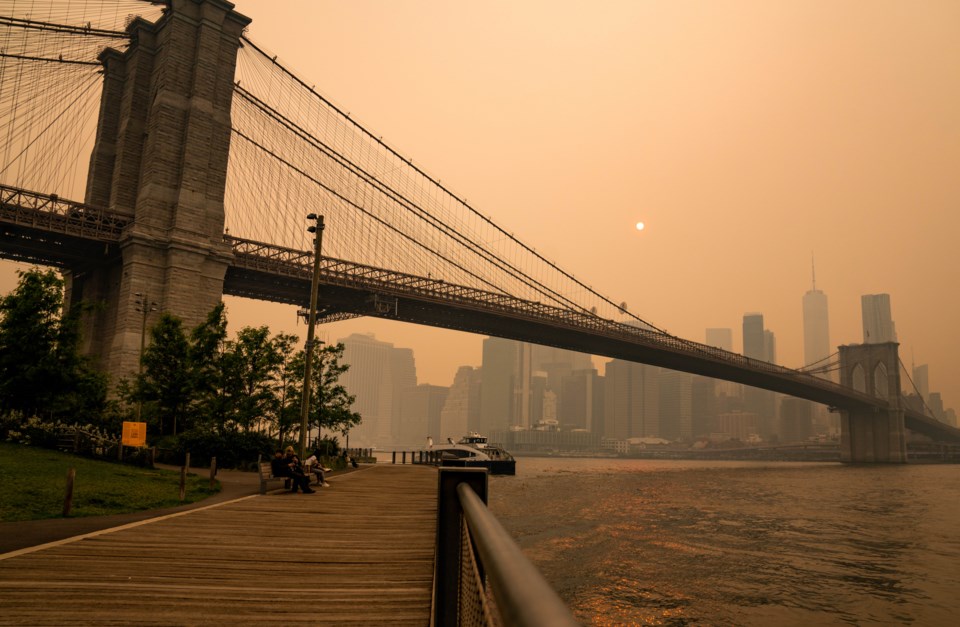New Yorkers can now access a digital map that will pinpoint environmental hazards in their neighborhood.
The New York City Mayor’s Office of Climate & Environmental Justice (MOCEJ) on Friday released the Environmental Justice NYC (EJNYC) Report, the city’s first comprehensive study on systemic environmental inequity across all five boroughs, and the EJNYC Mapping Tool, the city’s first-ever interactive online resource that provides detailed analysis of the environmental hazards in neighborhoods, according to a press release.
The report studied flood and heat vulnerability, exposure to air and hazardous materials pollution, transit access, availability of safe and healthy housing, among other things, and concluded that low-income communities and communities of color in New York City are the most vulnerable to environmental inequities.
The EJNYC Mapping Tool is an effort to democratize data by giving people an opportunity to see the environmental inequities in their neighborhoods, such as proximity to parks and “peaker” power plants, the quality of the harbor water, and the level of access to air conditioning.
The map also utilizes the Flood Vulnerability Index (FVI), which was developed by a team of researchers for MOCEJ, to identify communities most vulnerable to coastal flooding.
This tool can inform city decision-making and support ongoing grassroots environmental justice work, according to the release.
“Our new environmental justice report and mapping tool are a major step toward dismantling decades of environmental racism that have threatened the health and quality of life of our most vulnerable community members, and this innovative approach will highlight the communities that have been most impacted by environmental inequities,” said New York City Mayor Eric Adams. “As we think about ways to achieve environmental justice, these tools will refine our policies around air and water quality, climate infrastructure, and more, and they will serve as a model for how the rest of the nation should tackle this critical issue.”




